US Virgin Galactic has successfully completed its fifth human flight into suborbital space ahead of the start of commercial operations next month.
Eve plane successfully takes off from runway. Video: Virgin Galactic
The May 25 mission, called Unity 25, was Virgin Galactic's first flight to suborbital space since July 2021, after the company carried billionaire Richard Branson, founder of Virgin Group, and several other passengers.
Virgin Galactic uses an air-launch system to carry people and research equipment into suborbital space. Currently, that system consists of two operational vehicles: the two-pilot, six-passenger spaceplane VSS Unity and the transport aircraft VMS Eve. Unity takes off from the runway, is launched into the air under Eve’s wings. When Eve reaches an altitude of 15,000 meters, it releases Unity, which fires its rocket motor and continues on to suborbital space.
Passengers flying on Unity will experience a few minutes of weightlessness and view the Earth against the blackness of space before returning to the runway. Unity has made five such flights. The latest mission began at 11:15 p.m. on May 24, Hanoi time, when Eve took off from Spaceport America in New Mexico. Unity is attached to a sling between the two fuselages of the transport plane.
A total of eight people were on board, all Virgin Galactic employees. Jameel Janjua and Nicola Pecile flew VMS Eve, while Mike Masucci and CJ Sturckow piloted VSS Unity. Sitting in the cabin of the spaceplane were Beth Moses, director of astronaut training (Mike Moses’ wife), astronaut trainer Luke Mays, mission specialists Christopher Huie and Jamila Gilbert. Unity 25 marked Beth Moses’ third spaceflight.
After separation, Unity reached a top speed of Mach 2.94 (3,630 km/h) and a maximum altitude of 87.2 km, according to Virgin Galactic representatives. That is high enough to be considered spaceflight, according to NASA and the US Air Force. However, space begins at 100 km. Unity returned to Earth at 00:37 on May 26, landing at Spaceport America. Eve landed a few minutes later, ending the Unity 25 mission.
After the July 2021 flight, Virgin Galactic took both Eve and Unity out of service to perform maintenance and upgrades to the vehicles. For example, Virgin Galactic replaced Eve’s mast. Such changes make the Eve-Unity system more robust and durable. The company aims to fly Eve and Unity once a month after commercial operations begin. But it has a much bigger long-term goal: building a fleet of spaceplanes that can launch once a week, with an expected operational start date of 2026.
Virgin Galactic has a major rival in the suborbital space tourism industry: Jeff Bezos’ Blue Origin. Blue Origin’s rocket-and-ship system, called New Shepard, has carried humans on six space missions but has been grounded since September 2022, after the vehicle malfunctioned during an unmanned research mission.
An Khang (According to Space )
Source link


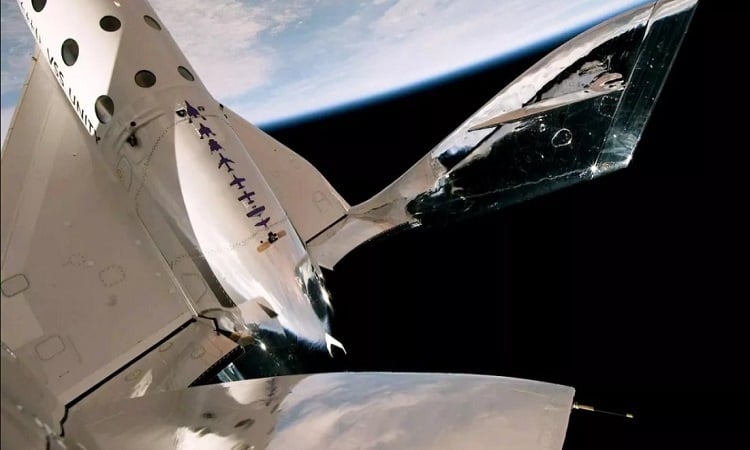


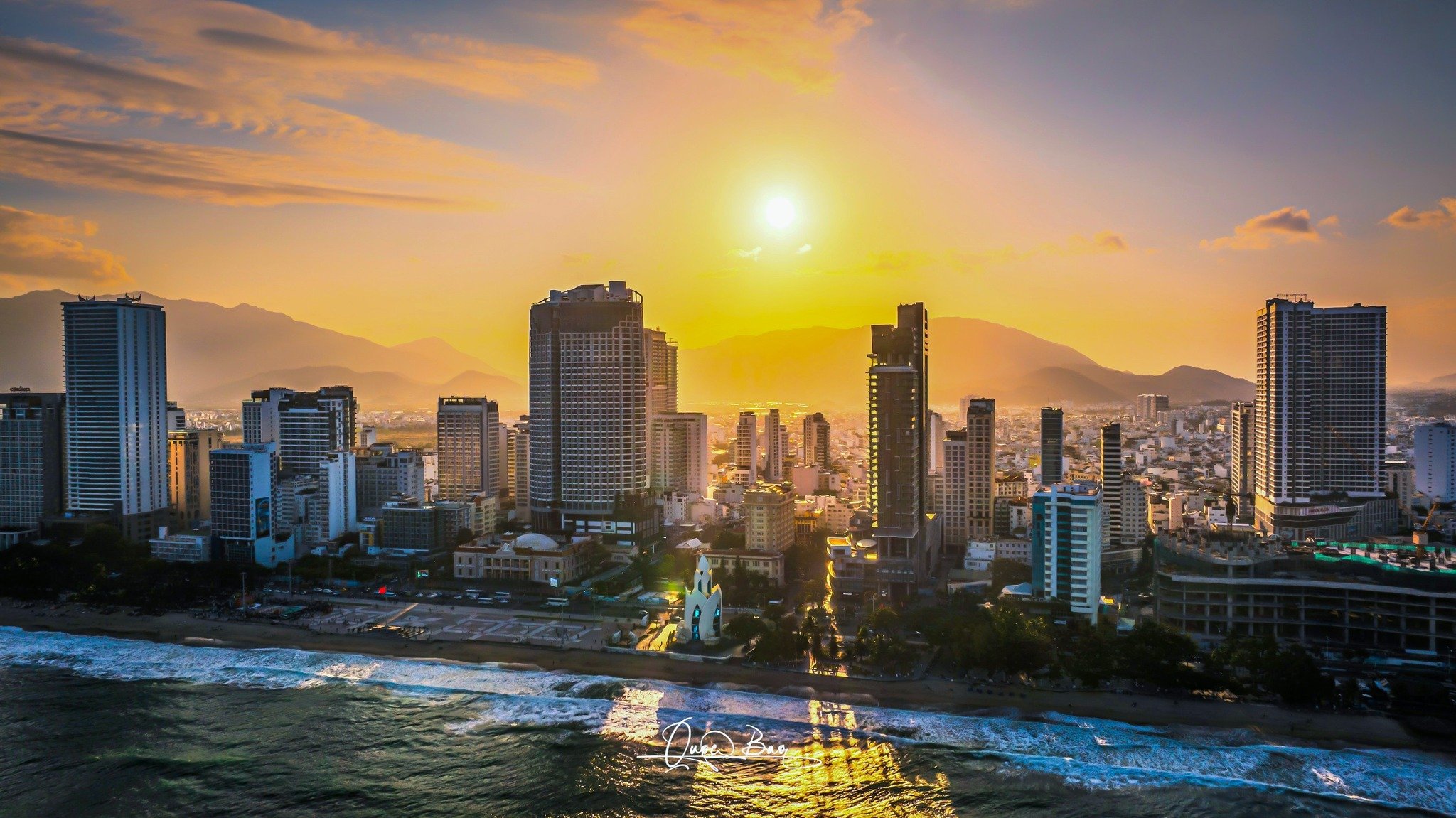

![[Photo] Opening of the National Conference to disseminate and implement the Resolution of the 11th Central Conference](https://vstatic.vietnam.vn/vietnam/resource/IMAGE/2025/4/16/e19da044c71d4330b6a03f49adcdb4f7)
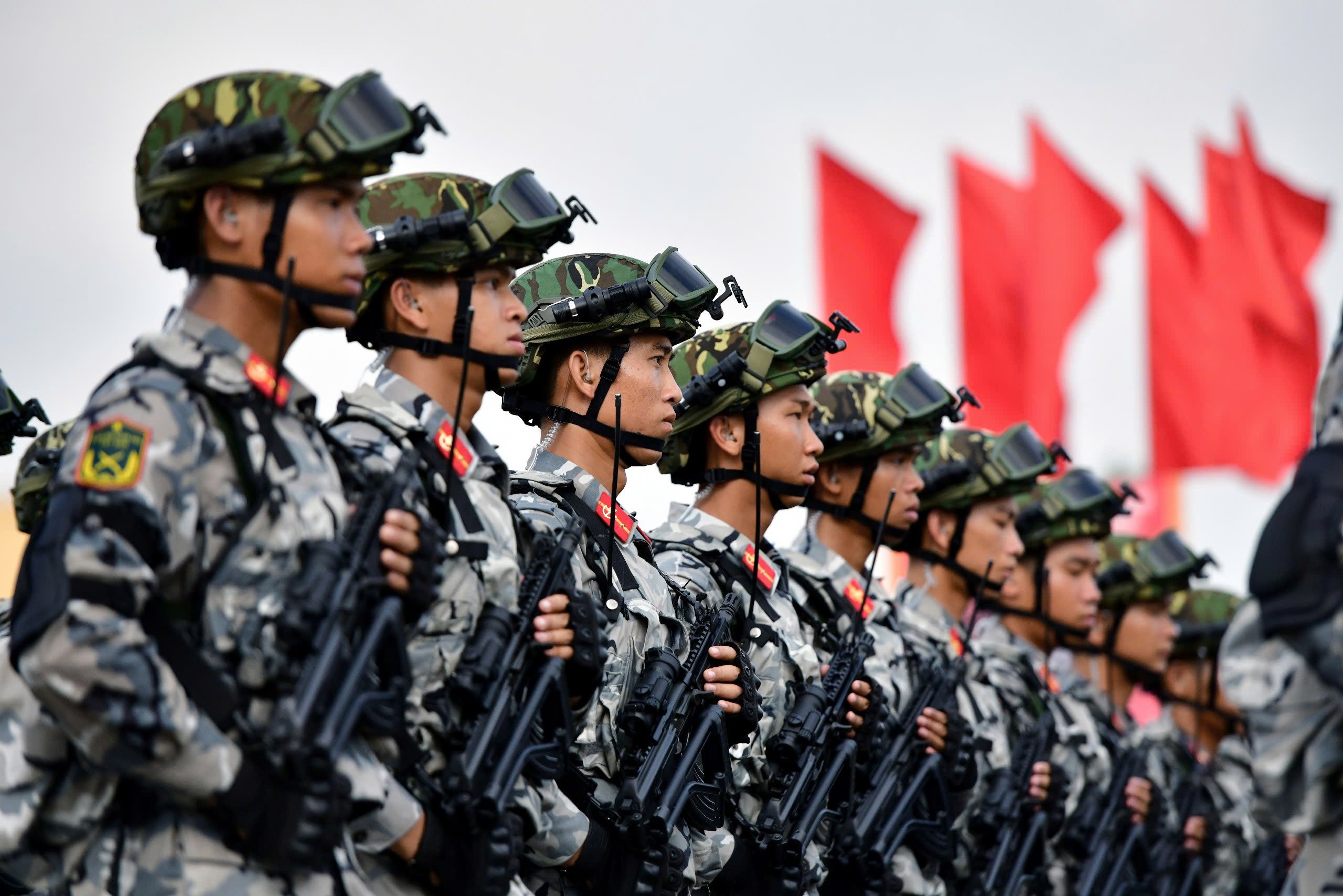
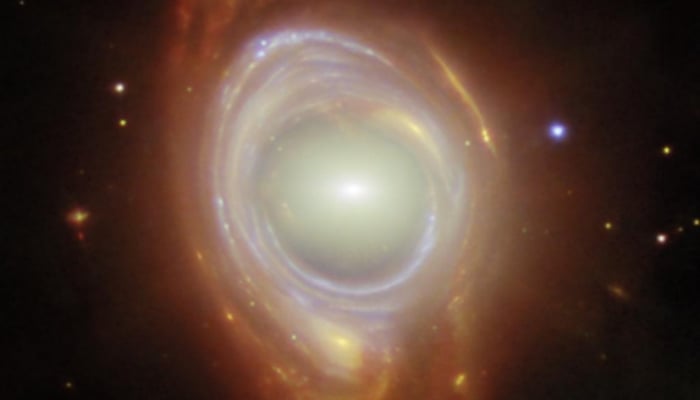

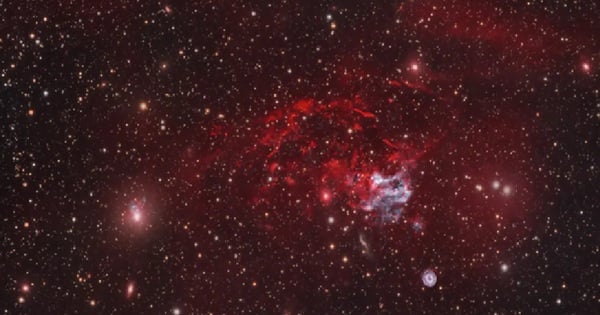

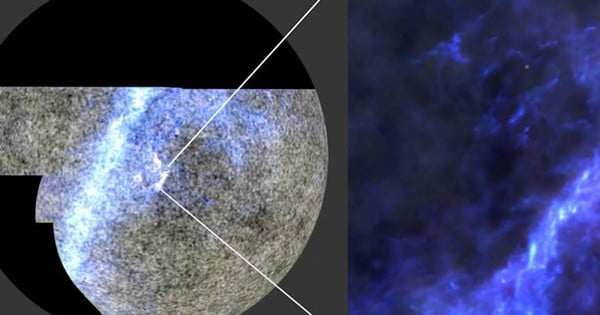
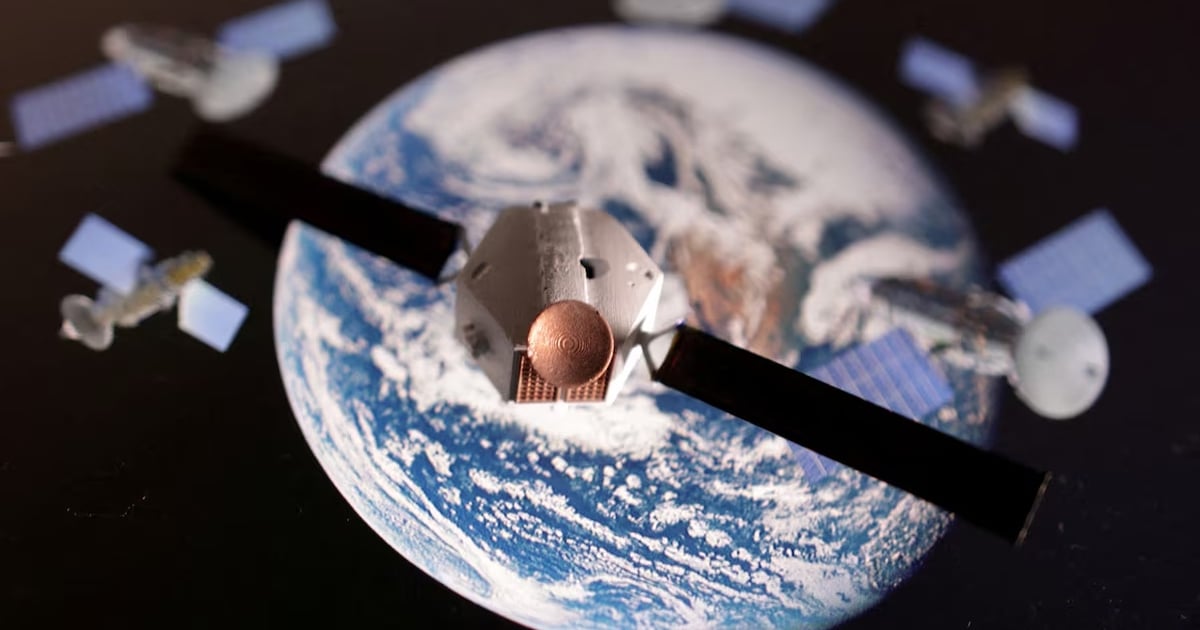

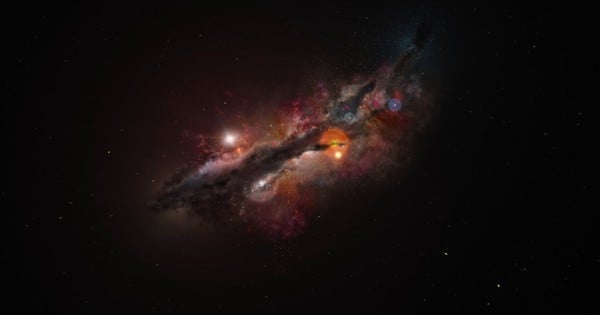
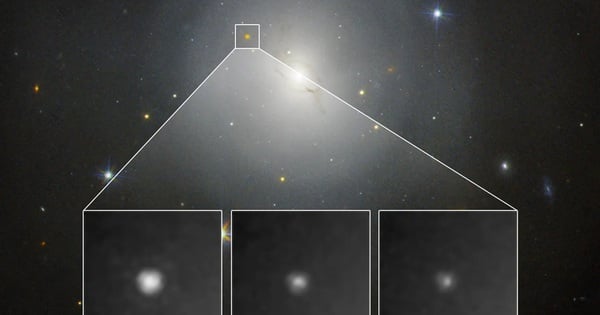




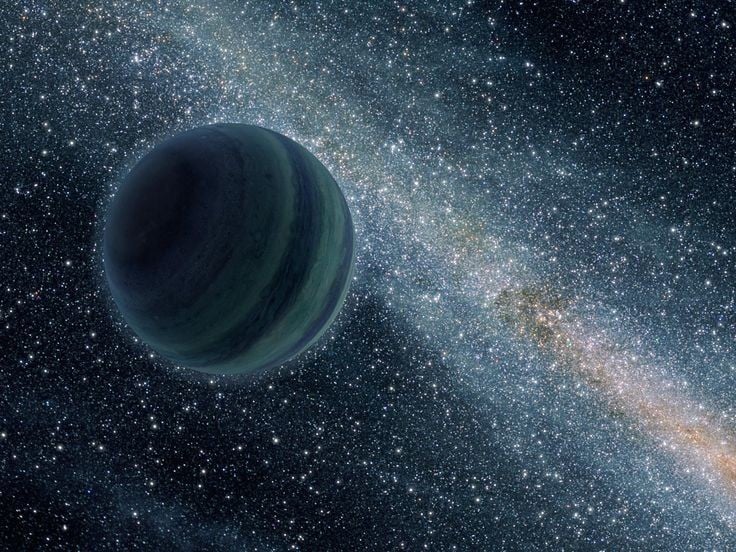
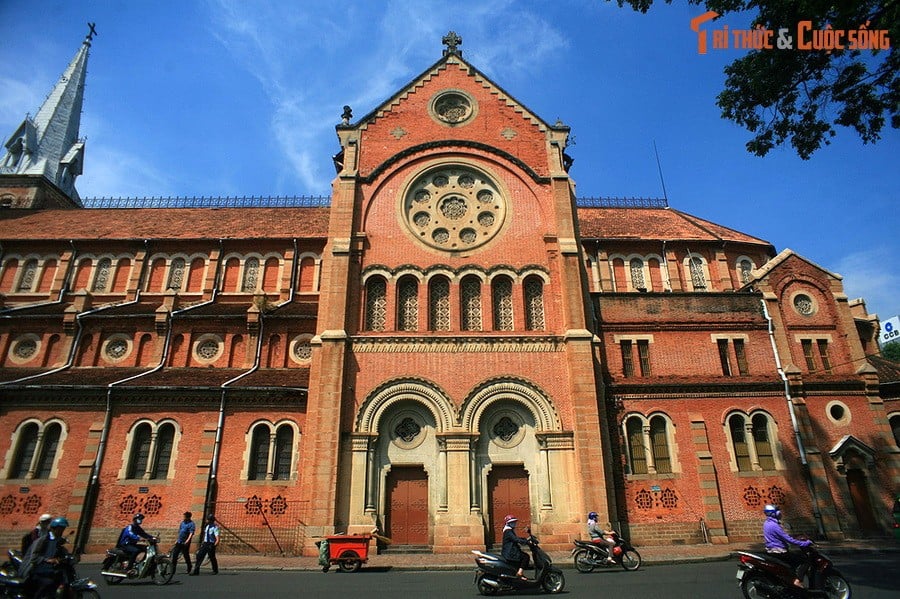








![[Photo] The two Prime Ministers witnessed the signing ceremony of cooperation documents between Vietnam and Ethiopia.](https://vstatic.vietnam.vn/vietnam/resource/IMAGE/2025/4/15/16e350289aec4a6ea74b93ee396ada21)












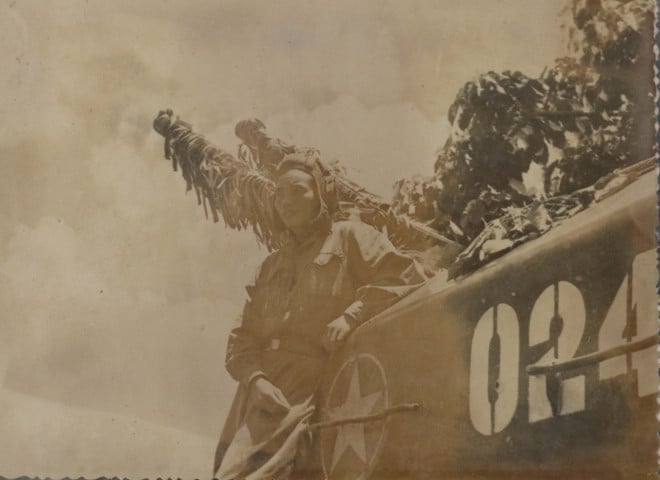









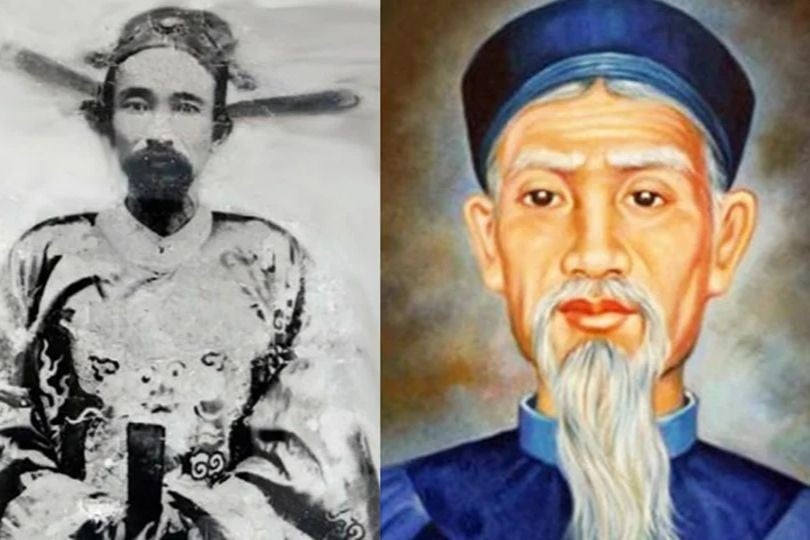







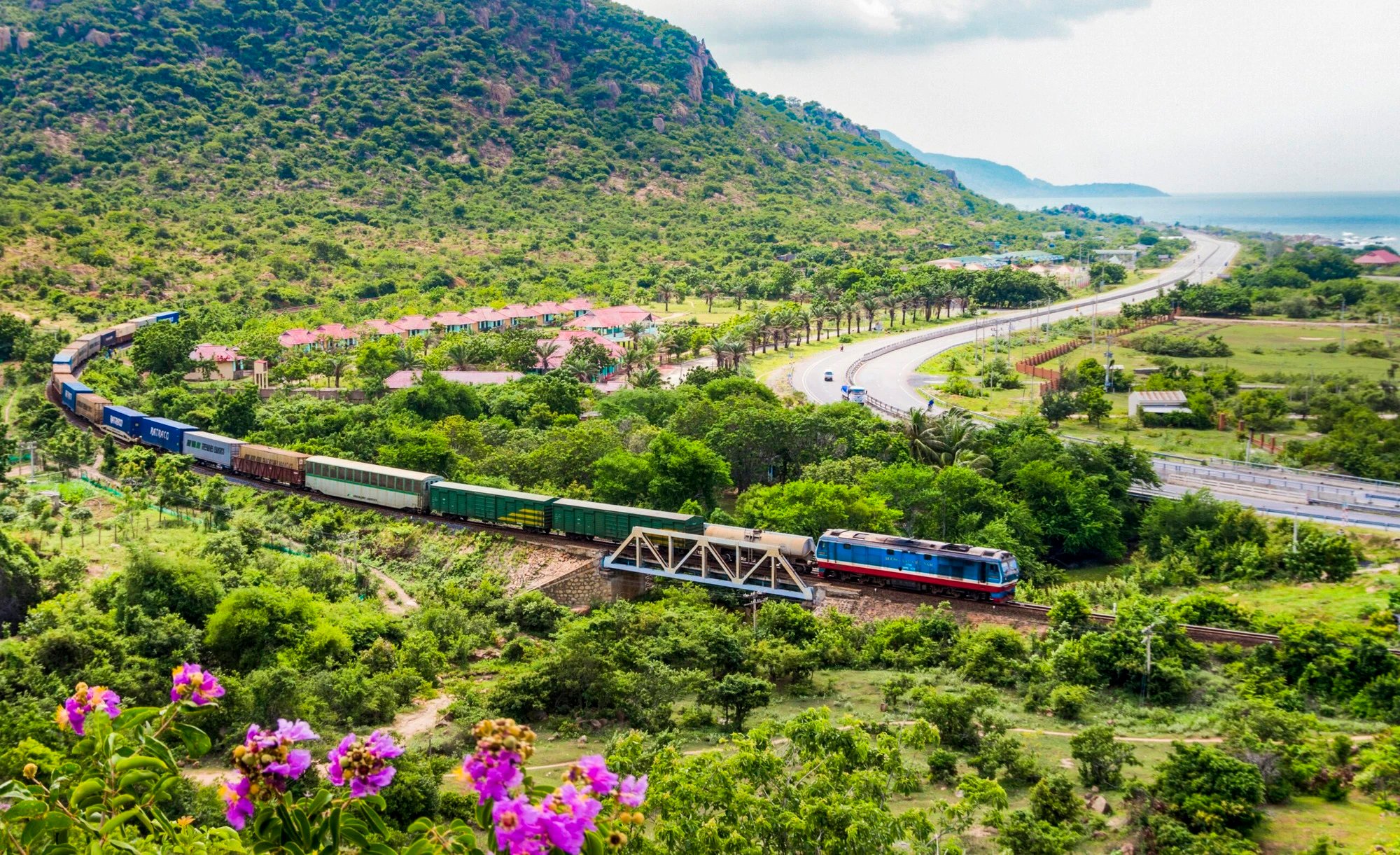

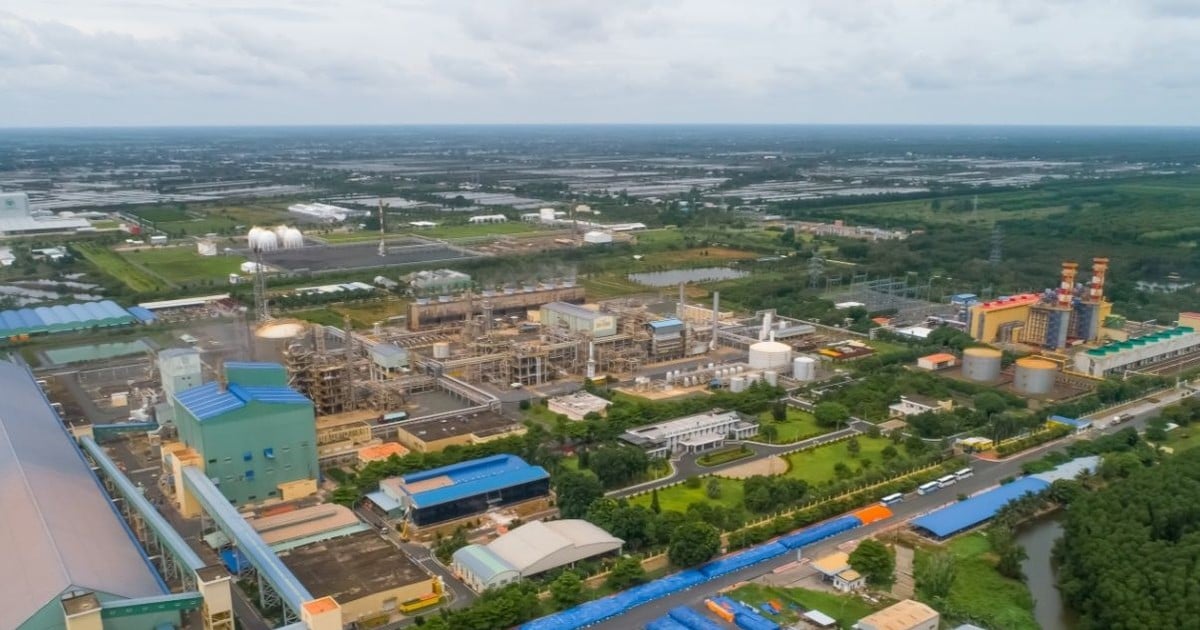
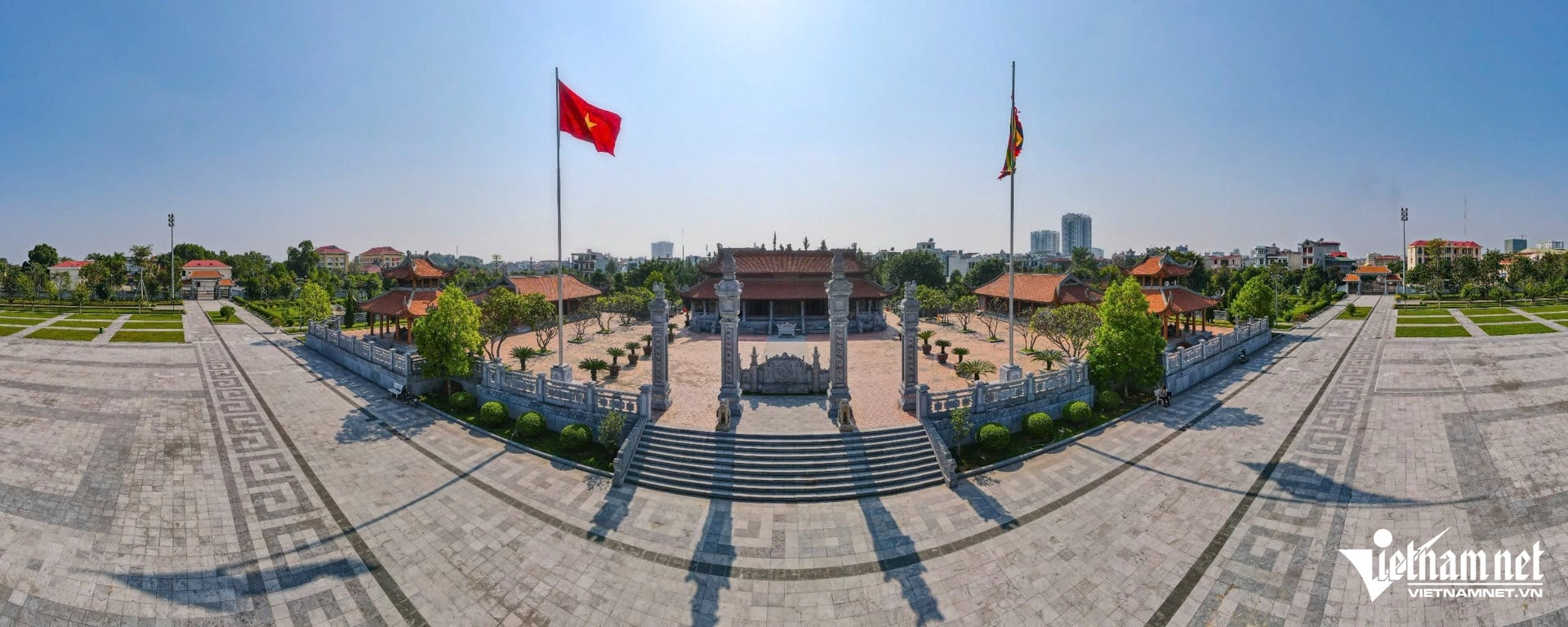




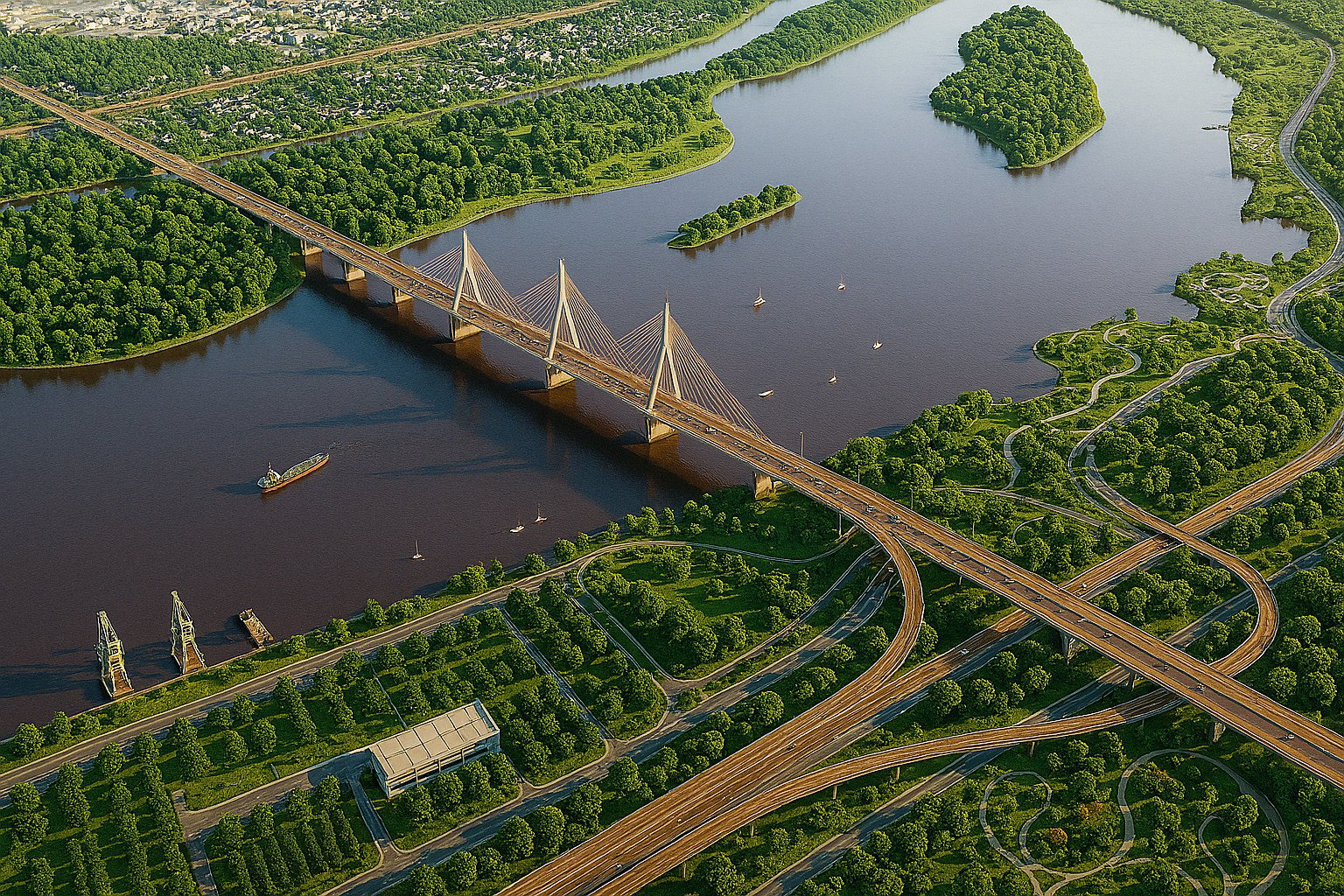










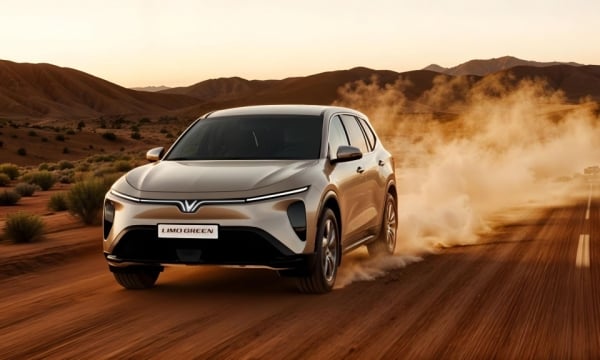

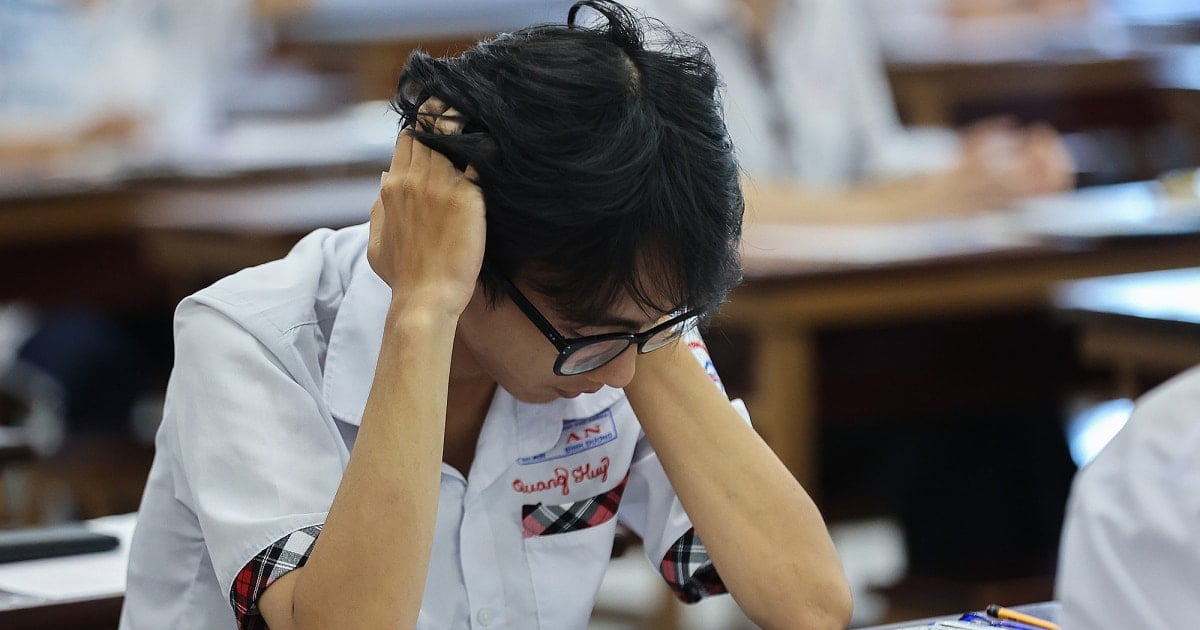

![[Video]. The joy of a new home](https://vstatic.vietnam.vn/vietnam/resource/IMAGE/2025/4/16/a089bfa9bc1348169e9a322be96b5da2)


![[Update] - Thanh Hoa: 55 thousand delegates attended the conference to disseminate and implement the Resolution of the 11th Conference of the 13th Party Central Committee](https://vstatic.vietnam.vn/vietnam/resource/IMAGE/2025/4/16/f1c6083279f5439c9412180dda016c15)

![[Photo] The capital of Binh Phuoc province enters the political season](https://vstatic.vietnam.vn/vietnam/resource/IMAGE/2025/4/16/c91c1540a5744f1a80970655929f4596)








Comment (0)